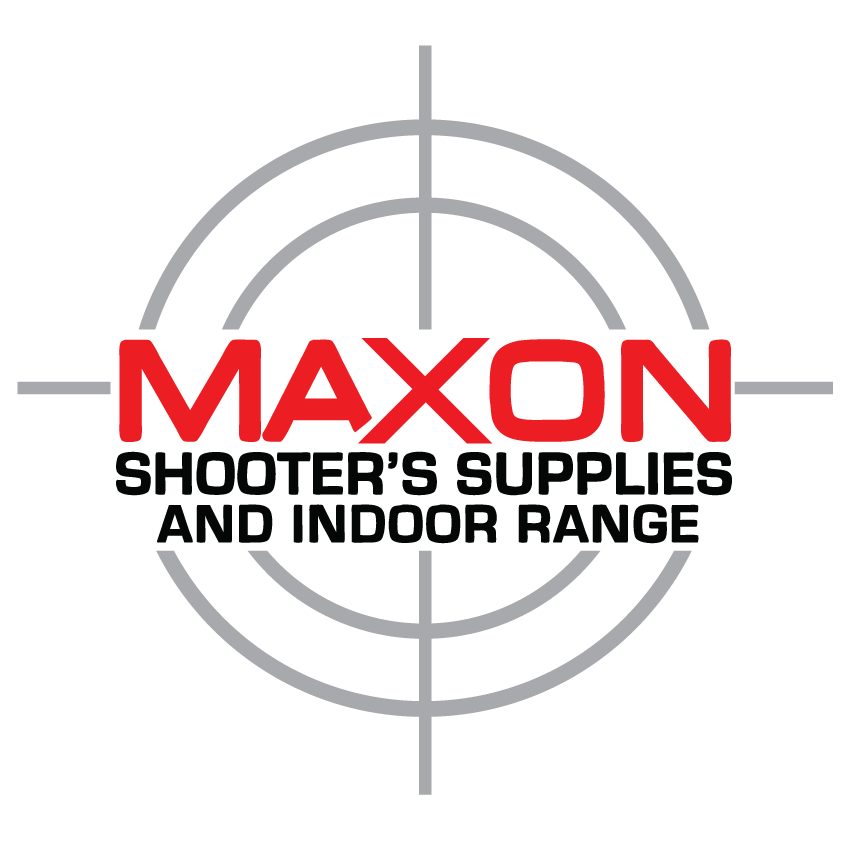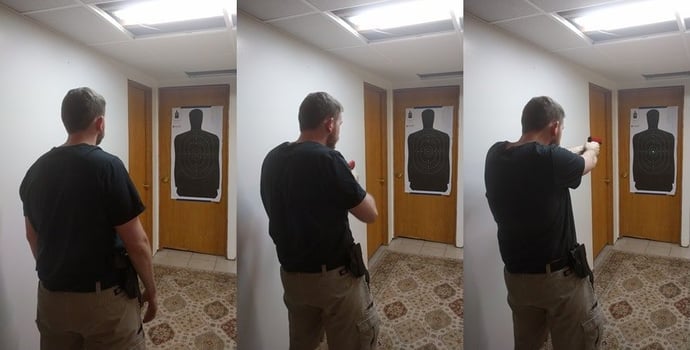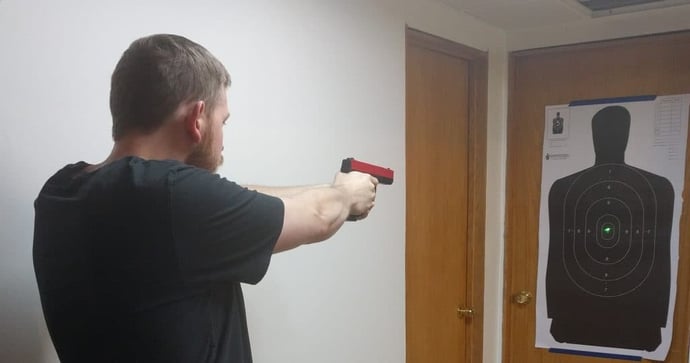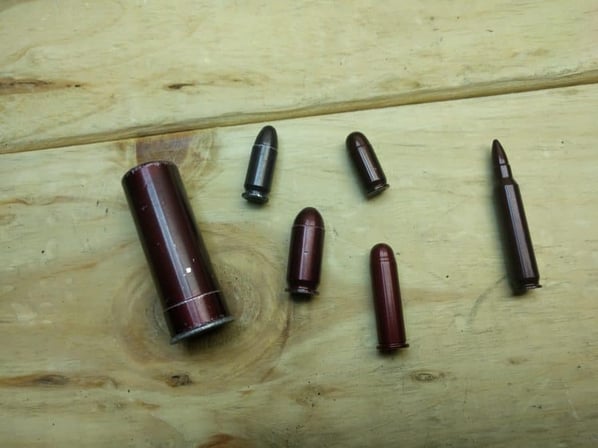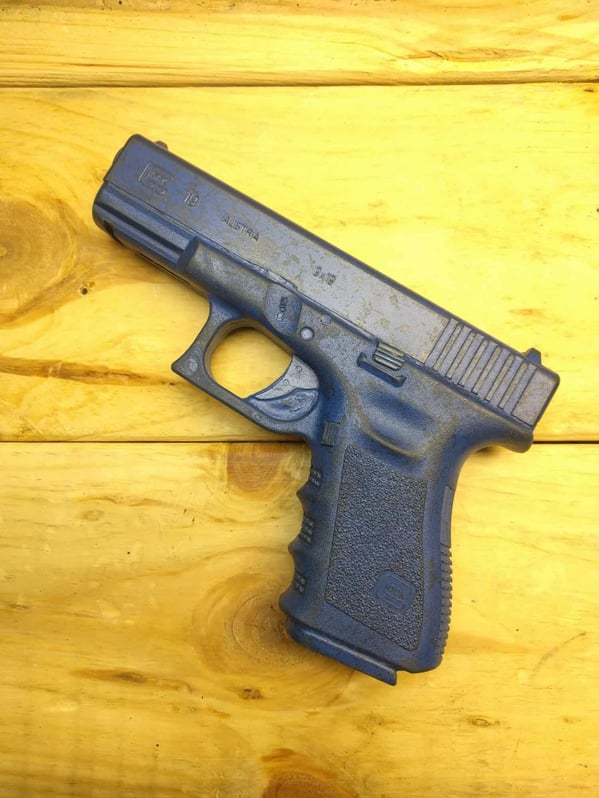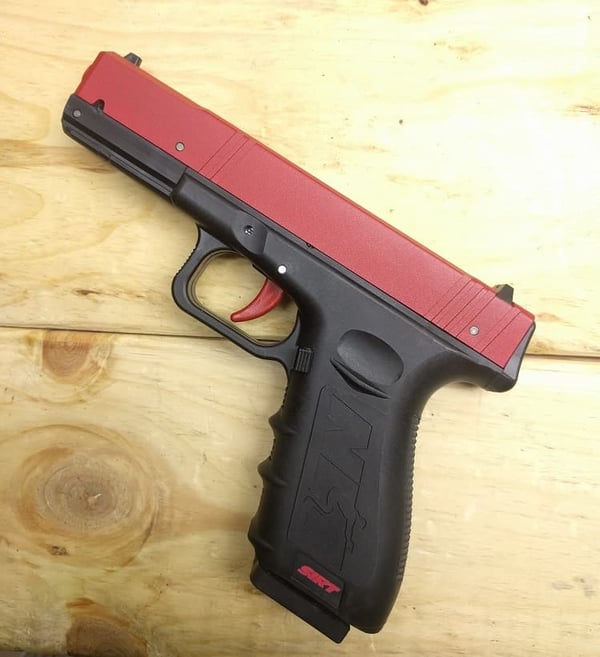Dry Practice, the How and Why to Improve Yourself from Home
Only perfect practice makes perfect, not the number of times you do something. I believe perfect practice means to deliberately practice a skill in order to remove all inefficiency and at the same time engrave it into our subconscious brain so that we can recall it without hesitation on demand. Much like exercising, dry practicing with a firearm is not simply about the number of repetitions you do, but about the deliberate nature in which you plan and practice.
Not many of us can afford to shoot as much as we would like, and outside of getting to the range to practice, nothing will make you better, faster, than dry practicing. There is one eternal skill that surrounds our use of firearms, and a second if we choose to also concealed carry, and by working on these two skills we can drastically improve our performance without ever firing a shot.
Of all the things we could practice, there is one constant that we can always improve upon: trigger control. Every time we shoot a firearm of any kind, we must press the trigger, so why not use the time we have at home to improve upon that one constant? Whether we are competing, practicing at the range, out on a yearly hunting trip or fighting for our lives, we will always have to press the trigger to get that shot off.
I do not believe in the term “advanced marksmanship,” to me that is all b.s. There is purely marksmanship that can take place in an advanced or more stressful situation, but the fundamentals of marksmanship do not change just because you are at a local match or fighting off an attack or firing from a vehicle at night. Getting a good firing grip and getting a good sight picture/sight alignment becomes engrained in our minds fairly quickly, but the trigger press can take years to master, so let’s get in as much practice as possible.
The second eternal thing that surrounds the use of firearms for some of us is the draw, that is, drawing your pistol from concealment to use in defense of yourself or others. No matter how or where you choose to conceal carry a firearm on yourself (I do not condone open or off body carry), getting to that firearm and bringing it up on target efficiently and quickly is paramount. Time = Life.
So the question becomes how do we practice these skills or more importantly how do we dry practice? If we choose to use our real firearms to dry practice, doubly make sure they are clear before continuing, or if available, use a blue gun. The act of dry firing means going through the motions of firing a shot without ever firing a live round. This can be achieved with an unloaded firearm or with the use of snap caps.
We check off every box before we press the trigger:
Full firing grip
Sight picture/sight alignment
Recognizing our targets foreground and background
As we press the trigger straight and to the rear we finish with follow through, realigning our sights to take another shot and checking our work through our sights. We can do this one or two handed, with either our dominant or support hand pressing the trigger.
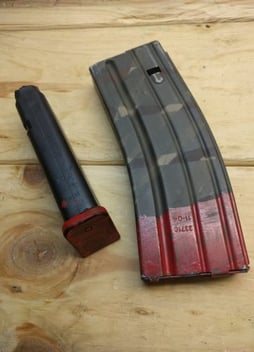 With dry practice we can additionally work in reloading our firearms (with the help of snap caps and a few empty magazines), clearing malfunctions, since the snap caps will act as a misfire, or setting them up as a double feed/stove pipe. I have painted some magazines red that have weak springs that I exclusively use for dry practice. I know that I will NEVER put live rounds in them. Use this trick yourself to ensure safe practice.
With dry practice we can additionally work in reloading our firearms (with the help of snap caps and a few empty magazines), clearing malfunctions, since the snap caps will act as a misfire, or setting them up as a double feed/stove pipe. I have painted some magazines red that have weak springs that I exclusively use for dry practice. I know that I will NEVER put live rounds in them. Use this trick yourself to ensure safe practice.
As we stated before, we can also practice our draw stroke and presentation during our dry practice--for me that means from concealment. Working on clearing my garment and drawing my pistol onto the target I have tapped to my basement wall helps me get in more practice beyond just dry firing a pistol at a given target. One issue I see is that most people think that you need to fire a pistol from the draw to get any use from practice with a holster; this couldn’t be further from the truth. The act of drawing a pistol and the act of dry firing are two separate acts, which can be practiced together or separately.
One last thing you can do to springboard your training at home is to video tape yourself. It may feel weird at first, but getting an impartial view of what you are doing can help you alleviate some of the motions or idiosyncrasies that can be slowing you down or throwing your whole body out of whack.
Here are some tools that can help us in dry practice
Snap caps: inert ammunition that is dimensionally similar to live ammunition, and can be found at nearly any retail firearms store, they come in all major calibers.
Blue guns: Durable plastic fake pistols in the exact shape/size of their real counterpart, can be great for draw practice or in practicing with others.
SIRT Gun: A training pistol that fires a red or green laser when the trigger is pressed; these devices are excellent and give you instant feedback as well as work in holsters you may already have.
David Ciecko spent four years in the United States Army’s 82nd Airborne Division as a 68W and has deployed in support of humanitarian, support, and combat missions during that time period. He is trained in numerous emergency medical systems to include TCCC, EMT-T, and OEMS. He has training under numerous schools and instructors throughout the US and continually trains in both firearms and non-firearm related subjects. He is currently the Training Coordinator at Maxon Shooter’s Supplies and has a B.S. in Business Administration with a concentration in Finance from Dominican University.


